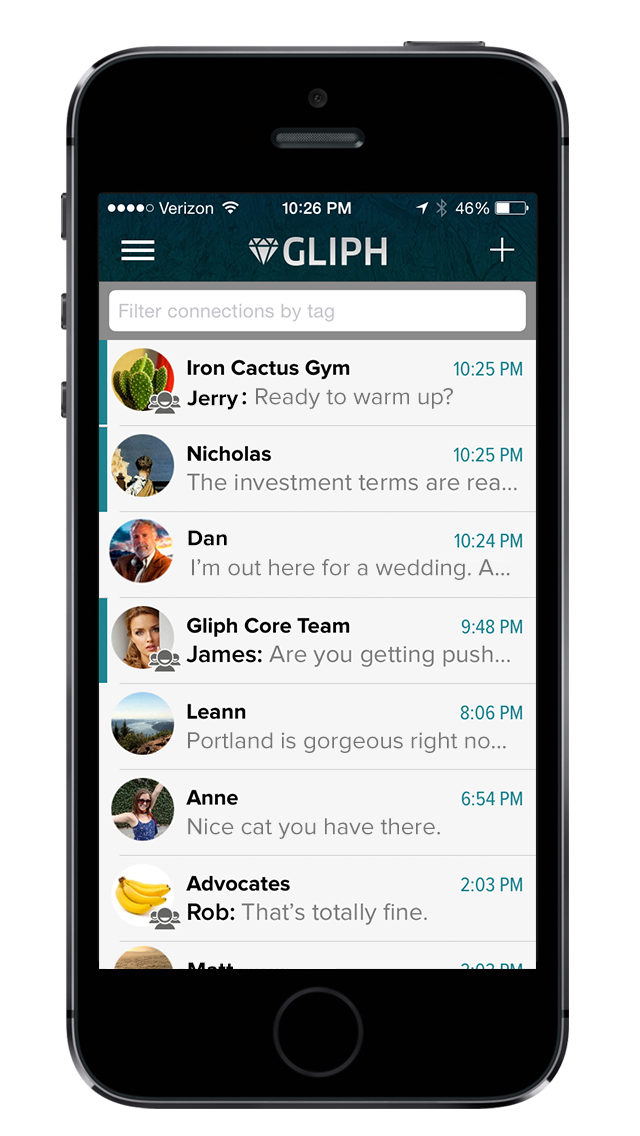 We’ve just released a fantastic update to the Gliph iPhone application which you can download the update from the App Store today!
We’ve just released a fantastic update to the Gliph iPhone application which you can download the update from the App Store today!
The update, (version 1.90), is part of a larger release that includes an a new Gliph Android application and the introduction of a brand new Gliph Desktop Web app.
This is also Gliph’s first iOS release using ReactiveCocoa and Gliph’s new and improved backend system. You can read more about that effort here. OK, on to the updates!
Bitcoin is Back
This is such important news, it has its own blog post. But let’s dig into exactly what the Gliph iOS App can do with Bitcoin. With the new Gliph iOS app you can:
- Attach a Coinbase or Blockchain Bitcoin wallet to your Gliph account
- View balance wallet and past transactions performed using Gliph
- Send Bitcoin to any other Gliph user that also has a Bitcoin wallet attached
- Send Bitcoin to any QR code Bitcoin wallet address using a new QR code scanner
Support for Secure Group Messaging
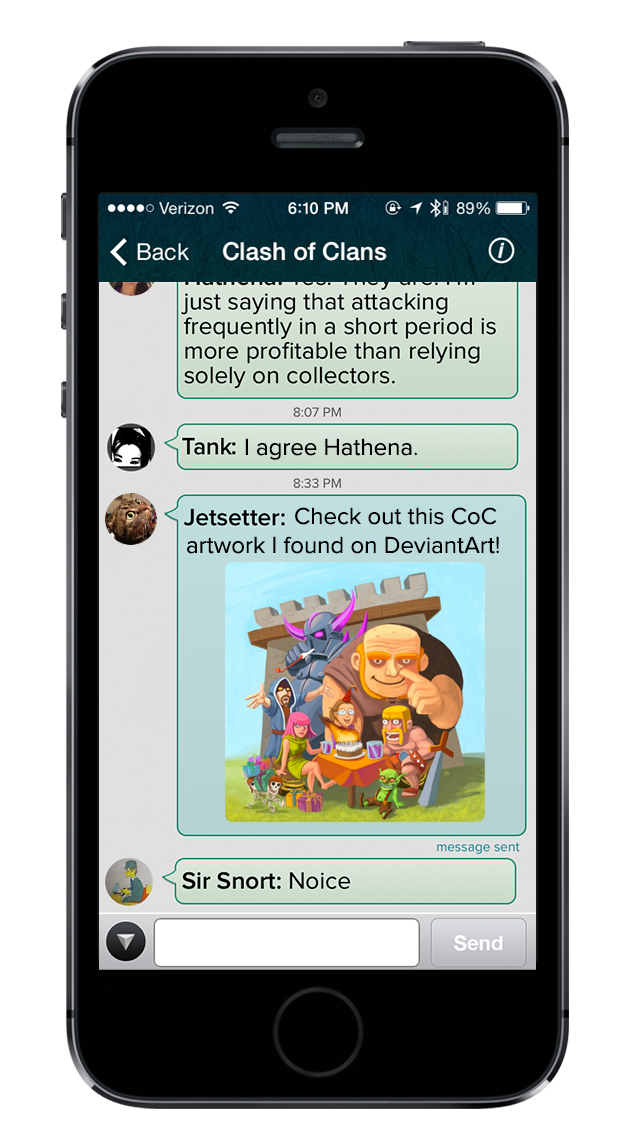 Gliph now supports secure group messaging! That’s right, you can now assemble and manage your own groups on Gliph! In this version of the iOS app, you can participate in groups, though group creation needs to be done on the web.
Gliph now supports secure group messaging! That’s right, you can now assemble and manage your own groups on Gliph! In this version of the iOS app, you can participate in groups, though group creation needs to be done on the web.
For more information about secure Group Messaging on Gliph please see this post.
Profile and Group Photos
You can now add a Profile Photo facet as part of your Gliph profile. It has the same privacy options as other Gliph facets, like phone number or your name. You can have it be Public, Private or Private and shared with specific people or groups.
All new users are offered the ability to set a Profile Photo, but you can do this now by visiting the menu and choosing Profile.
Refreshed Activity View
The Activity View has been refreshed with a new message unread indicator and the display of Profile photos. The view should also refresh more quickly to accurately reflect the read status of the messages there.
Coming Soon
There are a few things we left out of 1.90 to get it out the door for you. This includes message delay and timed expiration. We also weren’t able to get the complete Create Group capability into this version, but you can still do that using the mobile web. We plan to fill in these gaps, and continue to refine this experience over the next few releases.
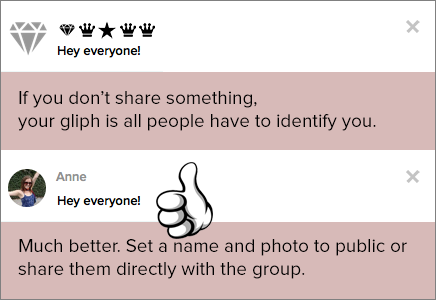 Reason: Many users have given us feedback that it is too confusing to see people as Gliph’s only. In our own use of Gliph, we notice that in the great majority of cases, people do want to be seen as either their First Name or Pseudonym, rather than a symbol-based username. It is just much easier to recognize who is who.
Reason: Many users have given us feedback that it is too confusing to see people as Gliph’s only. In our own use of Gliph, we notice that in the great majority of cases, people do want to be seen as either their First Name or Pseudonym, rather than a symbol-based username. It is just much easier to recognize who is who.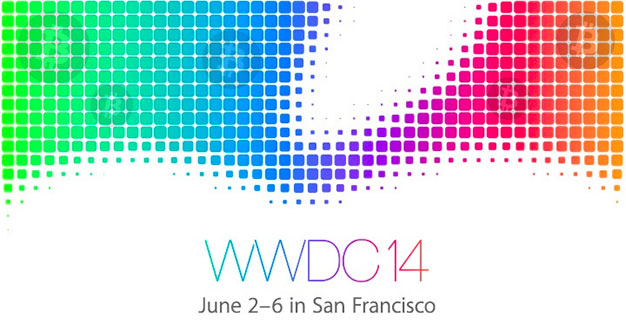 Apple has unveiled a variety of updates across their software ecosystem at WWDC 2014, including changes to their App Store Review Guidelines. A particular passage has been identified as possibly positive for Bitcoin ecosystem developers:
Apple has unveiled a variety of updates across their software ecosystem at WWDC 2014, including changes to their App Store Review Guidelines. A particular passage has been identified as possibly positive for Bitcoin ecosystem developers:
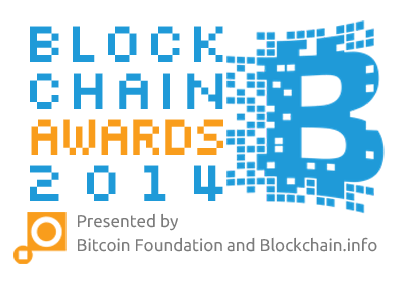 Gliph
Gliph  Sit back and imagine a future where you pull up to a pump and pay for your gas using Bitcoin. This vision may be closer than you think. Thermo dynamics researcher, Bitcoin enthusiast and DIY pro, Andy Schroder, has just created the world’s first commercial-ready Bitcoin fuel pump.
Sit back and imagine a future where you pull up to a pump and pay for your gas using Bitcoin. This vision may be closer than you think. Thermo dynamics researcher, Bitcoin enthusiast and DIY pro, Andy Schroder, has just created the world’s first commercial-ready Bitcoin fuel pump. Gliph co-founder and CTO, Nick Asch, authored
Gliph co-founder and CTO, Nick Asch, authored